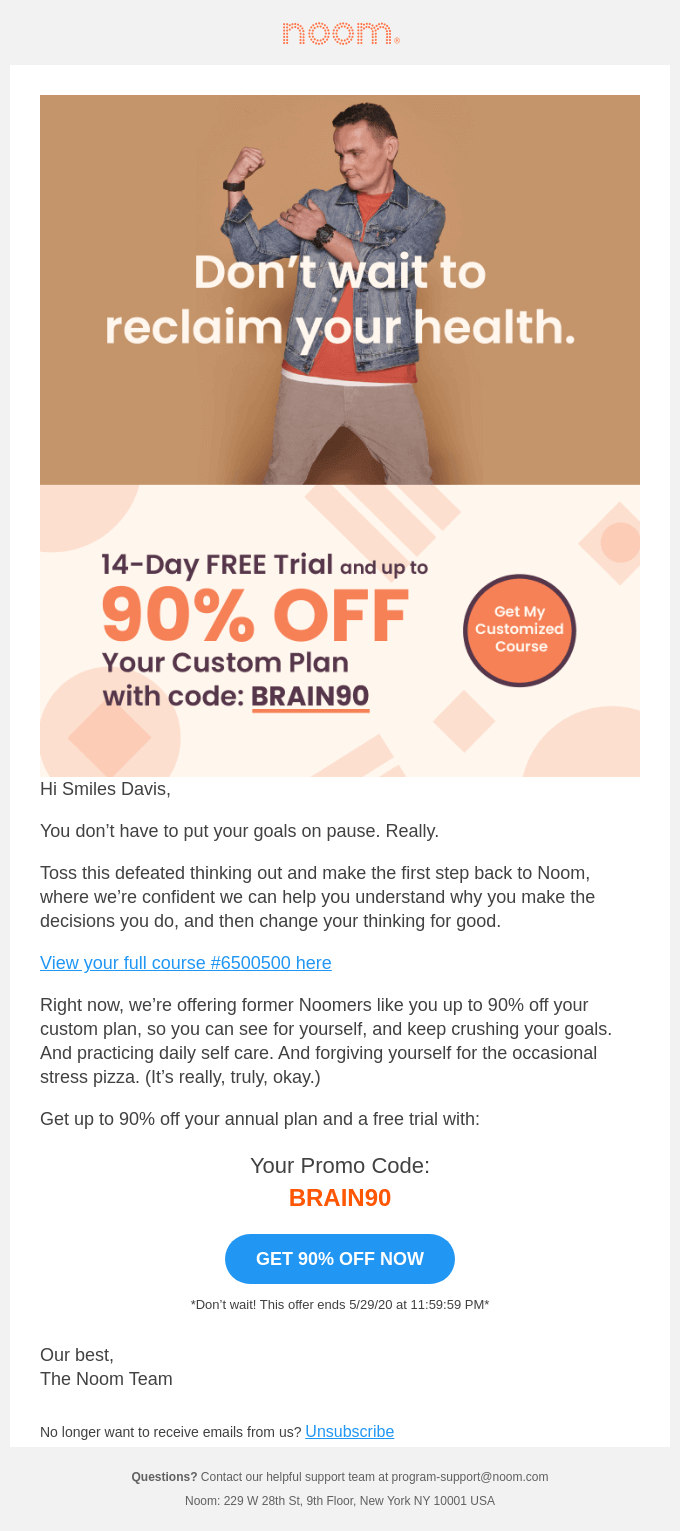Pros and cons of direct email marketing
Direct email marketing isn’t without its challenges. Given that, this strategy will not suit the needs of all companies. However, it does offer unique benefits that cannot be found in other forms of marketing strategies.
👍 Pros
- Enables you to target a specific audience
This marketing strategy allows you to focus on a certain email list at a time, save valuable time and effort and focus on the needs of a single group at a time.
As a result, emails sent through this type of marketing can often feel a bit more personal and can boost your overall relationship with your clients which can be essential to boosting potential sales.
- Allows you to provide specific, detailed information regarding products and services
This ties in with the first thing on this list. Because you are only focusing on the needs and likes of a single email list at a time, you can personalize your email and provide more detailed information on services and products that you feel would benefit them or interest them the most.
- Cost-effective (with the right set of tools)
Direct email marketing might take a little bit more effort but it will save you a lot more time and resources in the long run. In fact, return on investment (ROI) can be as high as $36 for every $1 you put in.
By personalizing and targeting your emails, you save precious time and resources by advertising your products to an audience who could really use them as opposed to sending a generic email to a broad, potentially uninterested audience.
In fact, 72% of customers exclusively interact with emails that cater to their interests while 42% react negatively when emails do not take their interests into consideration.
Plus, with the right set of tools (like the ones Selzy offers), achieving all of this can be a breeze.
Monitoring the effectiveness and performance of your email campaign is much easier with direct email marketing because of the focus on the open rate and click-through rate metrics.
Plus, if you have the right set of tools, you can easily integrate various aspects such as website sales and other advanced metrics to help you evaluate your campaign’s performance better.
In addition to those metrics, you can also monitor the performance of your campaigns through the provided promos or discount codes.
👎 Cons
One downside to direct email marketing is that it can cost quite a bit because it means you have to busy yourself with one more marketing channel.
Aside from the cost incurred through acquiring the necessary tools to successfully do the job, offering promotional discounts can also mean additional costs in the form of cut profits on certain products and sales.
- Low overall response rate
Despite using extremely targeted email lists and containing high-quality information, response rates or customer interaction can still be quite low for certain campaigns. This can be caused by various reasons such as your email getting miscategorized as spam, failing to grab your recipients’ interest, etc.

















